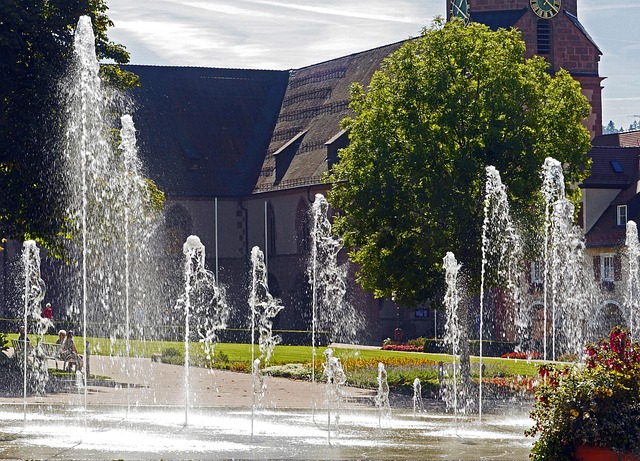Embracing Nature: Eco-Friendly Practices for New Green Areas Creation
In a world that often seems overwhelmed by concrete jungles and urban sprawl, the creation of new green areas offers a breath of fresh air. Imagine stepping into a lush park, alive with laughter, the sweet scent of blooming flowers, and the rustling leaves whispering tales of nature. These vital spaces not only enhance our surroundings but also rejuvenate our spirits and foster a sense of community.
As we strive to reclaim our relationship with the environment, eco-friendly practices for new green areas creation become essential. Cultivating greenery not only beautifies our homes but also aids in biodiversity, combats climate change, and improves air quality. Understanding how to integrate these practices into our gardening routines can empower us to create oases of tranquility right where we live.
Understanding the Importance of Green Spaces
Green spaces offer more than just aesthetic appeal; they are crucial for our mental and physical wellbeing. Studies show that spending time in nature can reduce stress, enhance mood, and invigorate creativity. By prioritizing new green areas creation, we cultivate habitats for various species, promoting biodiversity and ecological balance.
Start Small: Transform Your Backyard
Creating a new green area doesn’t have to begin with a large scale project. Your backyard can be transformed into a vibrant habitat by planting native species that thrive in your local climate. Opt for native plants, as they require less water and care, while providing vital food and shelter for local wildlife. A small, well-planned garden can be a sanctuary for bees, butterflies, and birds.
Utilizing Eco-Friendly Gardening Practices
To foster healthy growth while minimizing environmental impact, consider integrating eco-friendly gardening practices:
- Composting: Reduce waste and enrich soil quality with organic material through composting. This reduces reliance on chemical fertilizers, promoting healthier plants.
- Water Conservation: Use rain barrels to collect rainwater for irrigation, and implement drip irrigation systems to minimize waste.
- Pesticide Alternatives: Opt for natural pest control methods, such as introducing beneficial insects or using homemade sprays, to keep your garden thriving without harmful chemicals.
Community Involvement: Creating Collective Green Areas
Community gardens serve as fantastic collective green areas that nourish both the land and the people who cultivate them. By partnering with local organizations or neighbors, we can transform underutilized spaces into thriving gardens that provide fresh produce and foster community ties. These projects often encourage a sense of responsibility, reminding us that caring for the environment is a shared endeavor.
Get Creative: Vertical Gardens and Rooftop Spaces
In urban landscapes, where space can be limited, vertical gardens and rooftop greenery are innovative options for new green areas creation. These vertical structures can flourish in small spaces, allowing for the incorporation of herbs, succulents, and flowering plants. Rooftop gardens not only create inviting spaces for relaxation but also contribute to insulation, reducing energy costs.
With every step we take towards creating new green areas, we embrace the beauty of nature and its myriad benefits. Every plant nurtured, every space reclaimed, contributes to a harmonious balance between urban living and the natural world. By adopting eco-friendly practices and encouraging community involvement, we can all participate in the movement towards a greener, healthier future.




